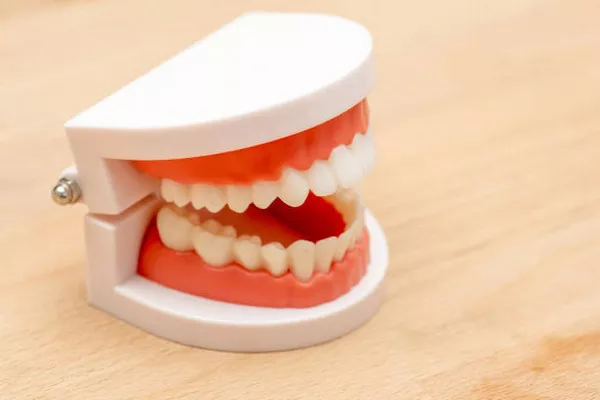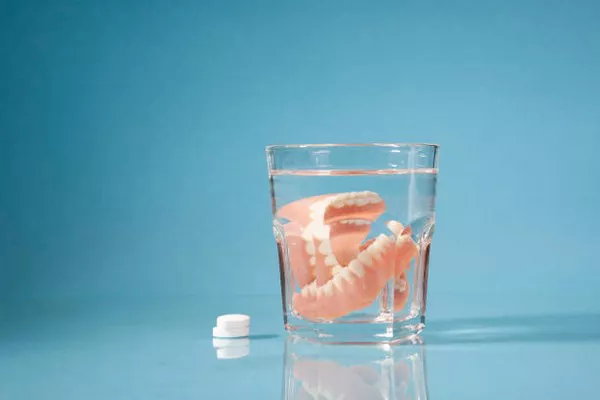One of the most common concerns among patients following wisdom teeth removal is the appearance of a yellowish hue on their face. While alarming at first glance, this discoloration is often a natural and expected part of the healing process. Understanding why your face might turn yellow after wisdom teeth removal begins with recognizing the role of bruising in the aftermath of oral surgery.
Bruising occurs when small blood vessels beneath the skin break and leak blood into surrounding tissues. After wisdom teeth extraction, particularly if the procedure was complex or if multiple teeth were removed, bruising can occur around the surgical site and may spread to adjacent areas of the face. The yellowing of the skin is a result of the breakdown of hemoglobin, the protein responsible for carrying oxygen in red blood cells, which releases biliverdin—a greenish-yellow pigment—as it is metabolized. This process can lead to the characteristic yellow appearance seen after bruising.
Healing Process
It’s important to recognize that the appearance of yellowing on the face is part of the body’s natural healing response. Typically, this discoloration becomes noticeable within the first two to three days following surgery, coinciding with the peak of swelling and bruising. As the body begins to reabsorb the leaked blood and metabolize its components, the bruise may change colors, transitioning from the initial shades of black and blue to yellow and green. This color evolution signifies the gradual breakdown and clearance of the blood products from the tissues.
Color Changes
As the healing process progresses, patients may observe changes in the color and intensity of the bruise. Initially, the bruise may appear dark blue or purple due to the presence of deoxygenated blood. Over time, as oxygen interacts with the hemoglobin breakdown products, the bruise may turn greenish-yellow or even yellowish-brown. These color changes are normal and indicate that the body is actively resolving the bruise.
Management Tips
While facial yellowing following wisdom teeth removal is generally harmless and resolves on its own, there are steps patients can take to manage and expedite the healing process. Applying moist heat to the affected area can help increase blood circulation and promote the removal of trapped blood and fluids, hastening the resolution of discoloration. Additionally, maintaining good oral hygiene and following post-operative care instructions provided by your dental surgeon can support overall healing and minimize complications.
When to Seek Help
In most cases, facial yellowing and bruising following wisdom teeth removal will gradually improve over the course of one to two weeks. However, there are instances where discoloration may be indicative of a more serious issue. Patients should seek medical attention if facial yellowing is accompanied by symptoms such as severe pain, excessive swelling, fever, or pus drainage from the surgical site. These may be signs of infection or other complications requiring prompt evaluation and treatment by a healthcare professional.
Preventive Measures
While some degree of bruising and swelling is expected after wisdom teeth removal, there are preventive measures patients can take to minimize these side effects. Avoiding strenuous activity, particularly in the immediate aftermath of surgery, can help reduce the risk of excessive bleeding and bruising. Additionally, following pre-operative instructions provided by your dental surgeon, such as avoiding certain medications or supplements known to increase bleeding risk, can help optimize surgical outcomes and minimize post-operative complications.
Contact Information
If you have any concerns or questions regarding facial yellowing or other post-operative symptoms following wisdom teeth removal, don’t hesitate to contact your dental office for guidance and support. Your dental care team is dedicated to ensuring your comfort and well-being throughout the recovery process and can provide personalized recommendations based on your individual needs and concerns.
Conclusion
while facial yellowing after wisdom teeth removal can be concerning, it’s typically a normal and temporary part of the healing process. By understanding the underlying mechanisms of bruising, recognizing the expected progression of discoloration, and following appropriate management and preventive measures, patients can navigate the post-operative period with confidence and peace of mind. If you experience any unusual or concerning symptoms, don’t hesitate to reach out to your dental care provider for assistance.
FAQs About Wisdom Teeth Removal
1. Is yellow normal after tooth extraction?
Yes, it is normal to experience yellowing of the skin around the surgical site after tooth extraction, particularly wisdom teeth removal. This yellowing is often due to bruising beneath the skin, which occurs as a result of small blood vessels breaking during the procedure. As the body metabolizes the blood and its byproducts, it can lead to a yellowish discoloration of the skin, which is typically part of the natural healing process.
2. Why did my face change after wisdom teeth removal?
Facial changes following wisdom teeth removal are common and can include swelling, bruising, and temporary alterations in skin color. These changes are largely attributed to the trauma and manipulation of tissues during the surgical procedure. Swelling and bruising may be more pronounced in some individuals depending on factors such as the complexity of the extraction, individual healing responses, and adherence to post-operative care instructions.
3. What is the discoloration after wisdom teeth removal?
The discoloration commonly observed after wisdom teeth removal is often a result of bruising beneath the skin. During the extraction process, small blood vessels in the surrounding tissues may break, leading to the leakage of blood into the surrounding area. As the body begins to reabsorb and metabolize the blood and its byproducts, the bruise may appear as various shades of yellow, green, or even brown as it heals.
4. What are red flags after wisdom teeth removal?
While some degree of discomfort, swelling, and bruising is normal following wisdom teeth removal, certain symptoms may indicate potential complications that require medical attention. Red flags to watch out for include:
- Excessive bleeding that does not subside with gentle pressure.
- Severe or worsening pain that is not relieved by prescribed pain medications.
- Prolonged or worsening swelling that is accompanied by difficulty breathing or swallowing.
- Persistent fever or chills, which may indicate infection.
- Pus or foul-smelling discharge from the surgical site, which may also suggest infection.
- Numbness or tingling in the lips, tongue, or chin, which may be indicative of nerve damage.
If you experience any of these symptoms or have concerns about your recovery after wisdom teeth removal, it is important to contact your dental surgeon or healthcare provider promptly for evaluation and appropriate management.
Remember, every patient’s experience with wisdom teeth removal may vary, and it’s essential to follow post-operative instructions provided by your dental care team to support optimal healing and minimize complications. If you have additional questions or concerns, don’t hesitate to reach out to your dental office for guidance and support.





























